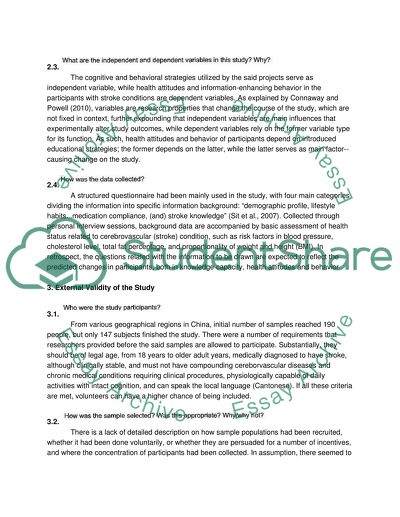Cite this document
(“Bachelor of nursing : Guided critical review of a journal article Essay”, n.d.)
Retrieved from https://studentshare.org/environmental-studies/1414546-bachelor-of-nursing-guided-critical-review-of-a
Retrieved from https://studentshare.org/environmental-studies/1414546-bachelor-of-nursing-guided-critical-review-of-a
(Bachelor of Nursing : Guided Critical Review of a Journal Article Essay)
https://studentshare.org/environmental-studies/1414546-bachelor-of-nursing-guided-critical-review-of-a.
https://studentshare.org/environmental-studies/1414546-bachelor-of-nursing-guided-critical-review-of-a.
“Bachelor of Nursing : Guided Critical Review of a Journal Article Essay”, n.d. https://studentshare.org/environmental-studies/1414546-bachelor-of-nursing-guided-critical-review-of-a.


